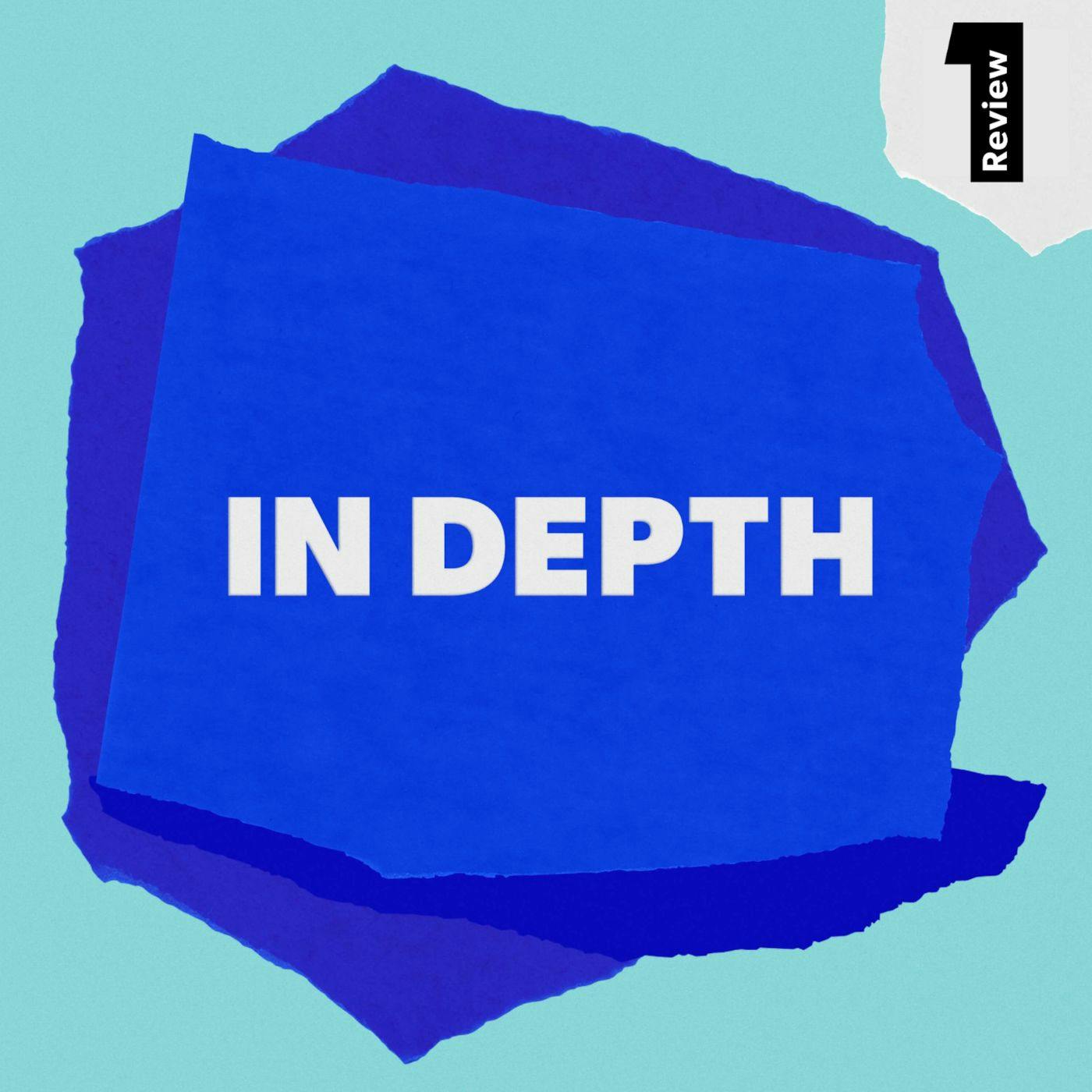
How Figma taps into taste, simplicity, and storytelling | Yuhki Yamashita (CPO at Figma, ex-Uber, Google, Microsoft)

In Depth
Deep Dive
What was Figma's initial bet that contributed to its success?
Figma's initial bet was on web technology, which was speculative at the time. The founders believed that a professional design tool as complex as Figma could run in a browser, making every design file a URL rather than a downloadable application. This opened up new possibilities for collaboration and accessibility.
How did Figma engage with influencers in its early days?
Figma's co-founder Dylan Field visualized Design Twitter as a graph to identify key influencers. He approached these influencers, showed them Figma, and iterated based on their feedback. This approach built loyalty and excitement, leading influencers to advocate for Figma within the design community.
What role did controversy play in Figma's early narrative?
Figma's early narrative included a controversial idea: allowing everyone to be in the same design file simultaneously. This was initially seen as undesirable but also progressive, creating tension that made the story compelling for influencers and the design community to discuss and spread.
What was Yuhki Yamashita's motivation for joining Figma?
Yuhki Yamashita joined Figma because he loved the product and believed in its potential to improve design workflows. He was drawn to the idea of blurring the boundaries between product management and design, which Figma enabled by making design accessible to non-designers.
How does Figma approach the challenge of adding new features while maintaining simplicity?
Figma uses a 'screenshot test' to ensure new features are self-explanatory and maintain simplicity. The goal is to distill the value proposition so clearly that users can understand it at a glance without needing extensive explanations. This approach helps balance adding power with maintaining a feeling of simplicity.
What is the difference between a good product manager and an extraordinary one, according to Yuhki Yamashita?
An extraordinary product manager excels in storytelling and taste. They can distill complex ideas into simple, compelling narratives and maintain simplicity while adding power to the product. They also have a strong sense of what users will authentically get excited about and can push for high-quality, memorable experiences.
Why is simplicity important in product design, according to Yuhki Yamashita?
Simplicity is crucial because it helps new users quickly understand and adopt the product. It’s not about having fewer features but about organizing the product in a way that makes it intuitive to navigate. Simplicity also ensures that users can focus on their specific use case without being overwhelmed by complexity.
How does Figma prioritize new product features?
Figma prioritizes features based on user feedback, frequency of requests, and alignment with the company’s vision. They focus on areas like design systems, which create economies of scale, and consult with sophisticated design teams to anticipate future needs. The goal is to build features that address user pain points while staying true to Figma’s philosophy.
What is the role of storytelling in Figma's product launches?
Storytelling is central to Figma’s product launches. It helps convey the philosophy and vision behind the product, making it compelling for users to adopt. Figma focuses on creating a narrative that highlights the product’s trajectory and potential impact, rather than just its current features. This approach builds confidence and excitement among users.
What is Yuhki Yamashita's view on the importance of taste in product design?
Yuhki Yamashita believes taste is critical in product design. It involves the ability to recognize when something isn’t good enough and the conviction to push for better solutions. Taste requires a combination of exposure to great products, imagination, and a willingness to slow down and refine ideas until they meet a high standard of quality.
- Figma's success was built on a bet on web technology and real-time collaboration.
- Dylan engaged key influencers by showing them Figma and getting their feedback.
- The controversial idea of real-time collaboration created tension, providing a compelling narrative.
Shownotes Transcript
Yuhki Yamashita is the Chief Product Officer at Figma, leading the product and design teams. Previously, he was a product and design leader at Uber, where he orchestrated the redesign of the rider and driver apps. Yuhki was also a product manager at Google (YouTube iOS app) and Microsoft (Hotmail). Additionally, he has taught introductory computer science at Harvard University.
In today’s episode, we discuss:
How Figma approaches new products, prioritization, and storytelling
Product culture at Uber, Microsoft, Google
The difference between “good” and “extraordinary” PMs
Tactical advice for storytelling
The “un-learning” required in new jobs and industries
–
Referenced:
Figjam: https://www.figma.com/figjam/)
Figma: https://www.figma.com/)
Figma Dev Mode: https://www.figma.com/dev-mode/)
Figma Slides: https://www.figma.com/slides/)
–
Where to find Yuhki:
LinkedIn: https://www.linkedin.com/in/yuhki/)
Twitter/X: https://x.com/yuhkiyam)
–
Where to find Brett:
LinkedIn: https://www.linkedin.com/in/brett-berson-9986094/)
Twitter/X: https://twitter.com/brettberson)
–
Where to find First Round Capital:
Website: https://firstround.com/)
First Round Review: https://review.firstround.com/)
Twitter/X: https://twitter.com/firstround)
This podcast on all platforms: https://review.firstround.com/podcast)
–
(00:00) Introduction
(02:50) Figma's early days
(09:11) Product culture across companies
(13:42) Knowing when to change things
(17:40) How business goals impact product expansion
(21:00) Advice for going multi-product
(24:30) The skills of a “0 to 1” PM
(27:36) Identifying entrepreneurial talent
(29:06) Why aren't there more designer founders?
(35:22) How Figma launches new products
(41:19) “0 to 1” versus “1 to 10” talent
(46:01) The role of storytelling at Figma
(49:22) How Figma prioritizes product
(55:11) Advice for product storytelling
(59:02) “Good” vs “extraordinary” product managers
(61:21) Why product simplicity matters
(63:52) The importance of taste in product and design
(67:56) The biggest influence on Yuhki’s product thinking